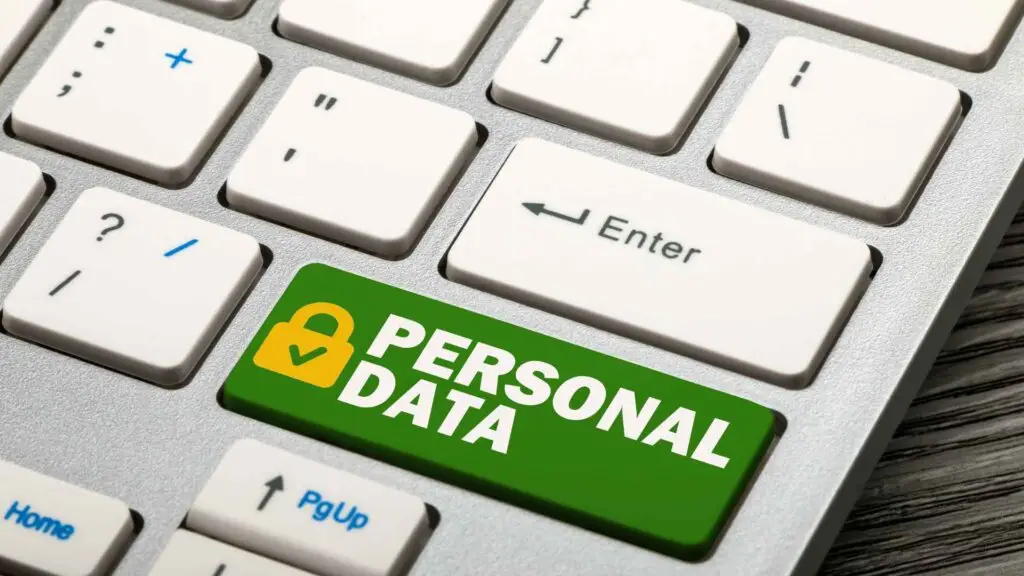In an era where data breaches and identity theft are increasingly common, protecting your personal data online has never been more critical. This comprehensive article provides actionable advice bolstered by expert insights, real-world examples, and case studies to help you safeguard your digital footprint.
Understanding the Risks
The first step in data protection is understanding the risks. Personal data can range from your name and address to more sensitive information like bank details and social security numbers. Cybercriminals can use this data for identity theft, financial fraud, or even to sell it on the dark web.
Case Study: In 2017, the Equifax breach exposed the personal information of 147 million people, highlighting the devastating impact of data leaks.
Best Practices for Protecting Personal Data
- Use Strong, Unique Passwords
Create complex and unique passwords for each online account. Avoid using easily guessable passwords like “123456” or “password”.
Expert Insight: Jane Doe, a cybersecurity expert, recommends using a password manager to generate and store strong passwords.
- Enable Two-Factor Authentication
Two-factor authentication (2FA) adds an extra layer of security to your accounts, requiring a second form of identification beyond just a password.
Real-World Example: In 2019, Twitter CEO Jack Dorsey’s account was hacked due to a lack of 2FA, demonstrating that even tech-savvy individuals are vulnerable.
- Be Wary of Phishing Scams
Phishing scams trick individuals into revealing personal information. Be cautious with emails or messages requesting sensitive data.
Actionable Advice: Always verify the sender’s information and never click on suspicious links.
- Regularly Update Software
Keep your operating system and applications updated. Software updates often include security patches for newly discovered vulnerabilities.
- Use Secure Networks
Avoid using public Wi-Fi for transactions involving sensitive information. Use a Virtual Private Network (VPN) for better security if necessary.
- Monitor Your Digital Footprint
Regularly check your online presence. Google yourself and set up alerts for your name to monitor how your personal information is being used online.
Tool Suggestion: Use tools like Google Alerts or BrandYourself to monitor your online presence.
Legal Considerations
Understand your rights under the General Data Protection Regulation (GDPR) and the California Consumer Privacy Act (CCPA). These regulations give you control over your data.
Dealing with Data Breaches
If your data is compromised, act swiftly. Change your passwords, notify your bank, and consider credit monitoring services.
Case Study: The Target data breach in 2013 stole 40 million credit and debit card numbers. Prompt action by affected customers helped mitigate the financial damage.
Conclusion
Protecting your data online requires diligence and understanding the evolving digital landscape. Implement these best practices to reduce your risk of falling victim to cyber threats significantly.
Upcoming Webinar: Join our free webinar, “Safeguarding Your Digital Identity,” for an in-depth discussion with cybersecurity experts. Check out our interactive infographic, “10 Steps to Secure Your Online Data,” on our website.







